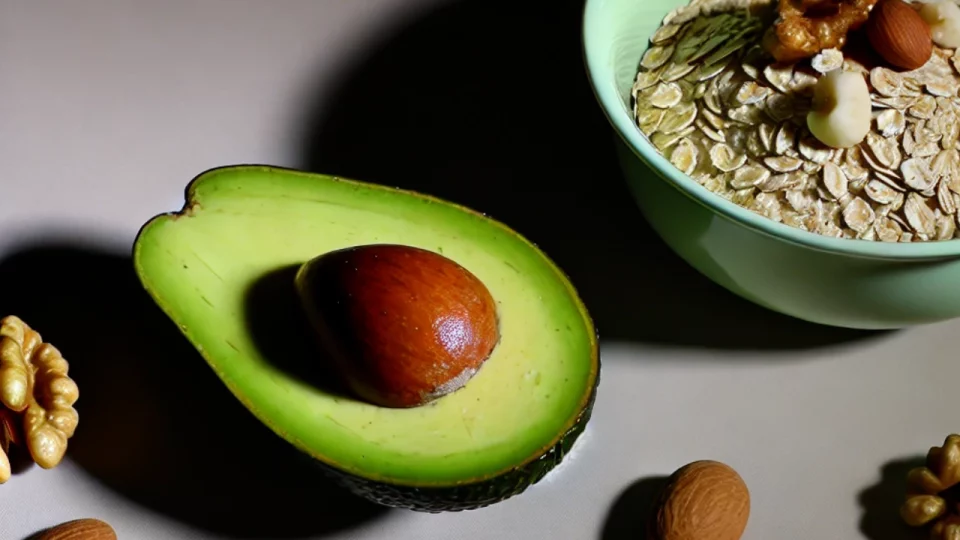Cholesterol is a waxy, fat-like substance that plays a crucial role in the body’s functioning, yet it is often misunderstood.
Found in every cell of the human body, cholesterol is essential for producing hormones, vitamin D, and substances that help digest foods. However, when cholesterol levels are not properly managed, it can lead to significant health issues, particularly cardiovascular diseases.
Cholesterol is a type of lipid, a substance that is insoluble in water, which means it cannot be dissolved in the blood on its own. To travel through the bloodstream, cholesterol is transported by molecules called lipoproteins. These lipoproteins are combinations of fat (lipid) and protein, and they come in different forms, primarily Low-Density Lipoprotein (LDL) and High-Density Lipoprotein (HDL).
Table of Contents
The Types of Cholesterol: LDL vs. HDL
- Low-Density Lipoprotein (LDL): Often referred to as “bad” cholesterol, LDL is responsible for carrying cholesterol to cells that need it. However, when there is too much LDL cholesterol in the blood, it can build up in the walls of arteries, forming plaques. This buildup narrows the arteries and increases the risk of heart attack, stroke, and other cardiovascular diseases.
- High-Density Lipoprotein (HDL): Known as “good” cholesterol, HDL helps remove excess cholesterol from the bloodstream by transporting it back to the liver, where it is processed and excreted from the body. Higher levels of HDL are associated with a lower risk of heart disease.
The Role of Cholesterol in the Body
Cholesterol is essential for several bodily functions:
- Hormone Production: Cholesterol is a precursor to steroid hormones, including sex hormones like estrogen and testosterone, and corticosteroids, which are involved in regulating inflammation, immune function, and metabolism.
- Vitamin D Synthesis: The body uses cholesterol to produce vitamin D when the skin is exposed to sunlight. Vitamin D is vital for bone health and immune function.
- Bile Acid Production: Cholesterol is used by the liver to create bile acids, which are necessary for digesting fats and absorbing fat-soluble vitamins like A, D, E, and K.
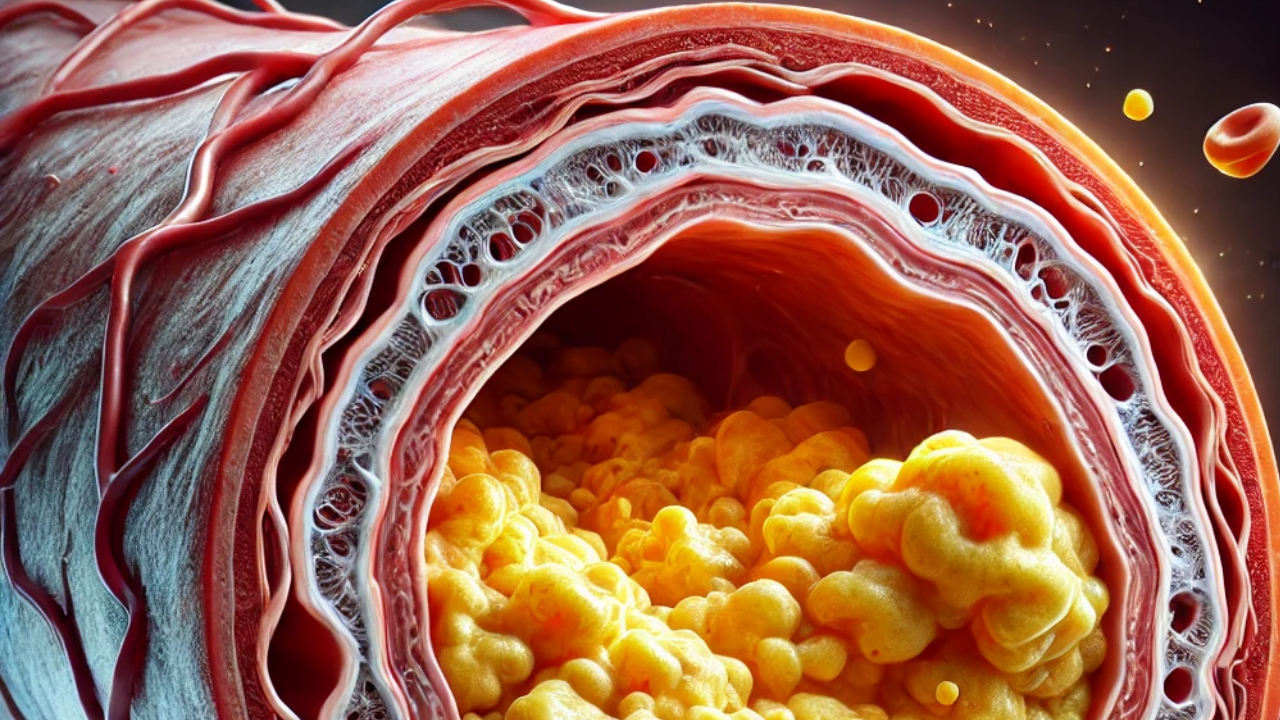
Cholesterol and Health Risks
While cholesterol is necessary for good health, imbalances in cholesterol levels can lead to serious health issues. High levels of LDL cholesterol can result in atherosclerosis, a condition characterized by the hardening and narrowing of the arteries. This can ultimately lead to coronary artery disease, heart attack, and stroke.
Conversely, low levels of HDL cholesterol are also problematic because they reduce the body’s ability to clear excess cholesterol from the bloodstream, increasing the risk of cardiovascular disease.
👍Best Foods to Lower Cholesterol: A Guide to Heart Health Eating
Maintaining healthy cholesterol levels is key to preventing heart disease and other related conditions. Lifestyle changes such as a balanced diet, regular physical activity, and avoiding smoking can help manage cholesterol levels. Diets rich in fruits, vegetables, whole grains, and healthy fats (like those found in olive oil and avocados) are particularly beneficial.
Here’s a guide to some of the best foods that can help lower your cholesterol naturally.
Oats and Barley
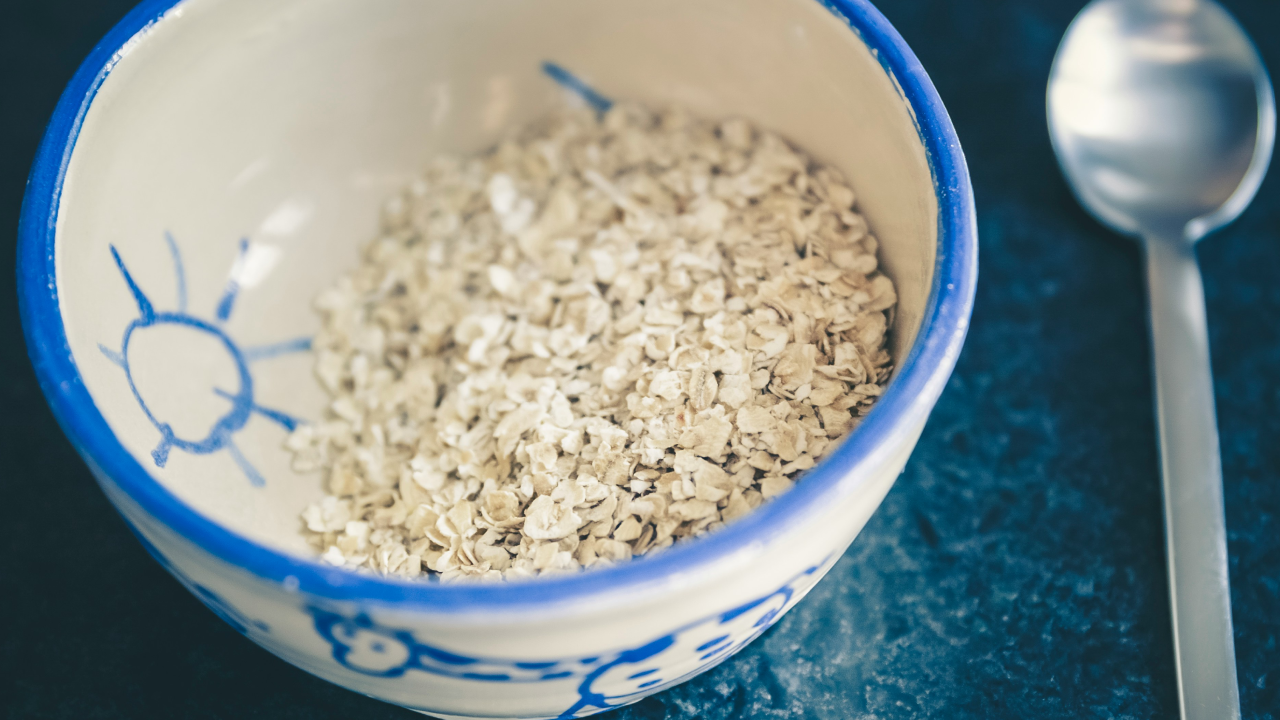
Starting your day with a bowl of oats is a simple way to reduce cholesterol. Oats are rich in soluble fiber, particularly beta-glucan, which has been shown to lower LDL cholesterol levels. Soluble fiber forms a gel-like substance in the digestive tract that binds to cholesterol-rich bile acids and removes them from the body. Barley, another whole grain, also contains high levels of soluble fiber and can be an excellent addition to soups, stews, or salads.
Nuts
Nuts, particularly almonds and walnuts, are powerhouses of nutrients that support heart health. They are rich in unsaturated fats, which help lower LDL cholesterol while maintaining high-density lipoprotein (HDL) cholesterol, often referred to as the “good” cholesterol. Additionally, nuts provide a good source of plant-based protein, fiber, and antioxidants. A small handful of nuts each day can be a heart-healthy snack that contributes to lower cholesterol levels.
Fatty Fish
Incorporating fatty fish like salmon, mackerel, and sardines into your diet can significantly benefit your cholesterol levels. These fish are rich in omega-3 fatty acids, which have been shown to lower triglycerides, a type of fat in the blood, and reduce inflammation. Omega-3s can also help increase HDL cholesterol while reducing the risk of heart arrhythmias. Aim to eat fatty fish at least twice a week to take full advantage of these heart-healthy benefits.
Legumes
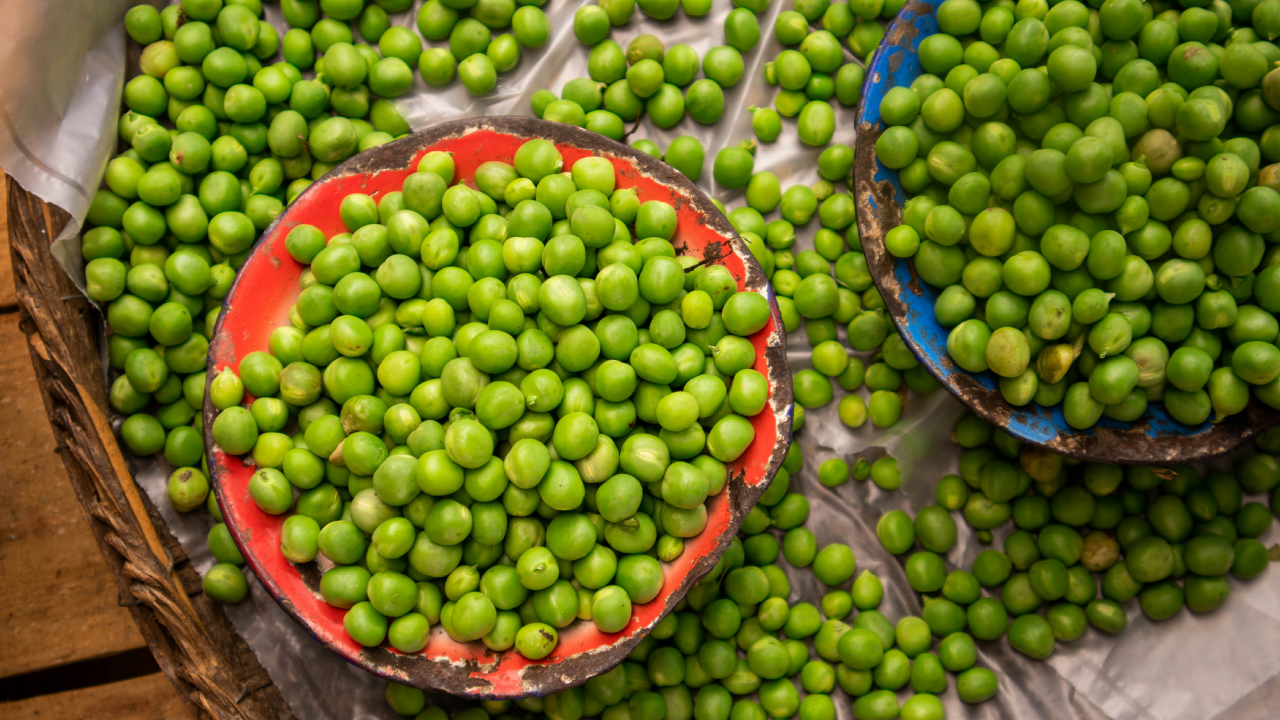
Beans, lentils, chickpeas, and peas are excellent sources of soluble fiber and plant-based protein, making them ideal for lowering cholesterol. Like oats, legumes help reduce LDL cholesterol by binding to bile acids and removing them from the body. They also provide a satisfying, low-calorie alternative to meat, which can be high in saturated fat. Including a variety of legumes in your meals can help maintain healthy cholesterol levels while adding diversity to your diet.
Fruits and Vegetables
Fruits and vegetables are naturally low in fat and high in fiber, particularly soluble fiber, which helps lower cholesterol. Fruits like apples, pears, and citrus fruits contain pectin, a type of soluble fiber that is particularly effective in reducing LDL cholesterol. Vegetables such as eggplant, okra, and leafy greens are also high in soluble fiber and antioxidants, which support overall cardiovascular health. Incorporating a variety of colorful fruits and vegetables into your diet can help lower cholesterol and improve your overall health.
Avocados
Avocados are rich in monounsaturated fats, which are known to lower LDL cholesterol levels while boosting HDL cholesterol. They also contain fiber and a range of vitamins and minerals that support heart health. Avocados can be easily added to salads, sandwiches, or enjoyed as a spread. Their versatility and nutritional benefits make them a valuable addition to a cholesterol-lowering diet.
Olive Oil

Replacing saturated fats, such as butter or lard, with olive oil can significantly reduce LDL cholesterol levels. Olive oil is high in monounsaturated fats and contains antioxidants that protect the heart. Extra virgin olive oil, in particular, is less processed and retains more of the natural antioxidants and vitamins that contribute to its heart-healthy properties. Use olive oil as a base for salad dressings, or drizzle it over vegetables for a flavorful and healthy addition to your meals.
Soy Products
Soy products like tofu, soy milk, and edamame are rich in protein and contain compounds known as isoflavones, which have been shown to reduce cholesterol levels. Replacing animal-based proteins with soy products can help lower LDL cholesterol and reduce overall cholesterol intake. Soy is versatile and can be used in a variety of dishes, making it easy to incorporate into a heart-healthy diet.
Tea
Both green and black teas are rich in antioxidants known as catechins, which have been shown to improve cholesterol levels. Drinking tea regularly can help reduce LDL cholesterol while also providing a comforting and hydrating beverage option. Green tea, in particular, has been studied for its heart health benefits and may offer a slight advantage over black tea in terms of cholesterol reduction.
Dark Chocolate
Surprisingly, dark chocolate can be part of a cholesterol-lowering diet. Rich in flavonoids, dark chocolate can help reduce LDL cholesterol and improve heart health. However, it’s important to choose dark chocolate with a high cocoa content (70% or higher) and consume it in moderation due to its calorie and sugar content. A small piece of dark chocolate can be a satisfying and heart-healthy treat.
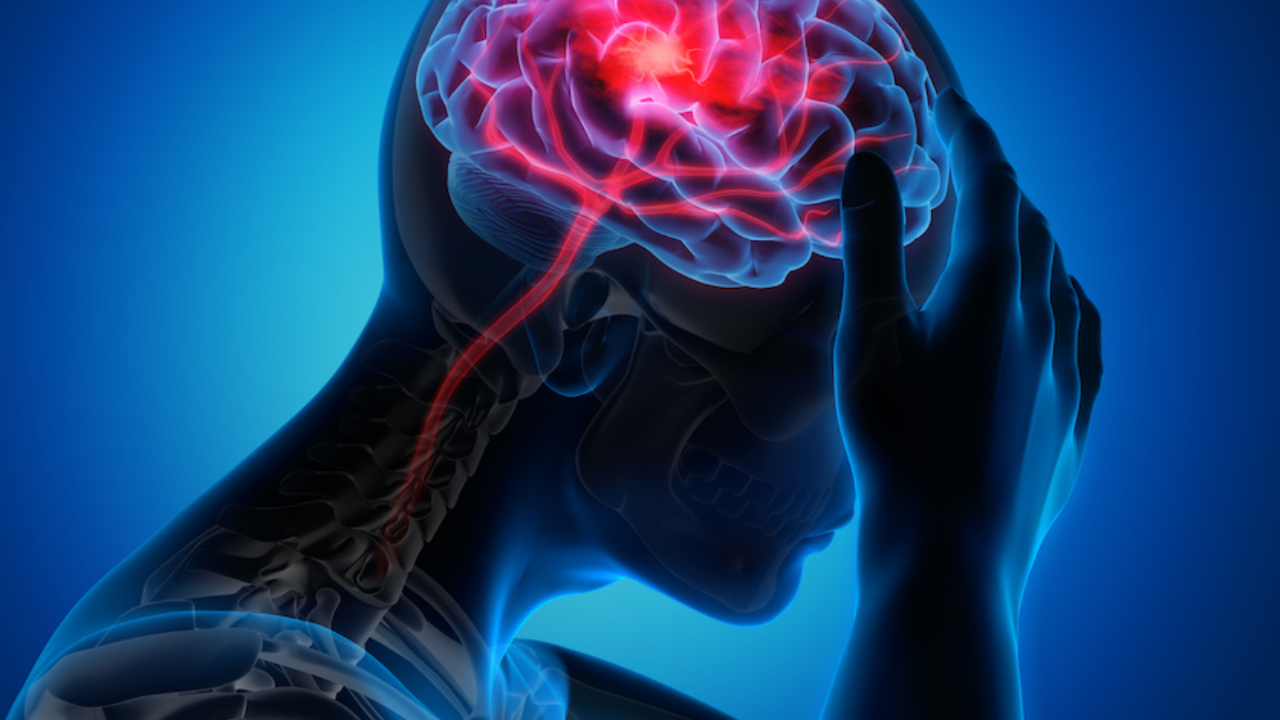
Complications of High Bad Cholesterol
High levels of bad cholesterol, specifically Low-Density Lipoprotein (LDL) cholesterol, pose significant health risks. While cholesterol is necessary for various bodily functions, an excess of LDL cholesterol can lead to several severe and potentially life-threatening complications.
These complications primarily affect the cardiovascular system, but their impact can extend to other parts of the body as well.
Atherosclerosis
One of the most common and dangerous complications of high LDL cholesterol is atherosclerosis, a condition characterized by the hardening and narrowing of the arteries. When LDL cholesterol circulates in the bloodstream at elevated levels, it can deposit in the inner walls of the arteries, forming fatty deposits known as plaques. Over time, these plaques thicken and stiffen the artery walls, restricting blood flow. Atherosclerosis can affect any artery in the body, including those in the heart, brain, kidneys, and limbs, leading to various complications depending on the location of the blockage.
Coronary Artery Disease (CAD)
High LDL cholesterol is a significant risk factor for coronary artery disease (CAD), also known as ischemic heart disease. CAD occurs when atherosclerosis affects the coronary arteries, which supply oxygen-rich blood to the heart muscle. As the arteries narrow due to plaque buildup, the heart receives less oxygen, which can cause chest pain, known as angina. If a plaque ruptures and forms a blood clot, it can completely block the artery, leading to a heart attack (myocardial infarction). CAD is one of the leading causes of death worldwide, making the management of bad cholesterol crucial for heart health.
Stroke
A stroke occurs when the blood supply to part of the brain is interrupted or reduced, preventing brain tissue from receiving the oxygen and nutrients it needs. There are two main types of strokes: ischemic and hemorrhagic. Ischemic stroke, the most common type, is often linked to atherosclerosis in the arteries leading to the brain. When a plaque ruptures or a clot forms in these narrowed arteries, it can block blood flow to the brain, resulting in a stroke. High LDL cholesterol increases the risk of this type of stroke by contributing to the buildup of plaques in the arteries.
Peripheral Artery Disease (PAD)
Peripheral artery disease (PAD) is a condition where atherosclerosis affects the arteries that supply blood to the limbs, usually the legs. High LDL cholesterol is a primary contributor to the development of PAD. As the arteries narrow and blood flow is reduced, individuals may experience pain, cramping, or weakness in the legs, especially during physical activity. If left untreated, PAD can lead to serious complications such as chronic wounds, infections, and even limb amputation in severe cases.
Carotid Artery Disease
The carotid arteries, located on each side of the neck, supply blood to the brain, neck, and face. Carotid artery disease occurs when these arteries become narrowed or blocked due to plaque buildup, increasing the risk of stroke. High LDL cholesterol contributes significantly to the development of carotid artery disease. Symptoms may not appear until the condition is advanced, making regular monitoring of cholesterol levels and vascular health critical in preventing a stroke.
Chronic Kidney Disease (CKD)
High levels of bad cholesterol can also affect the kidneys. Chronic kidney disease (CKD) can develop when atherosclerosis restricts blood flow to the kidneys, impairing their ability to filter waste from the blood. Over time, CKD can lead to kidney failure, requiring dialysis or a kidney transplant. People with high LDL cholesterol are at an increased risk of developing CKD, especially if other risk factors like high blood pressure and diabetes are present.
Hypertension (High Blood Pressure)
While high blood pressure can contribute to high cholesterol levels, the reverse is also true. Hypertension, or high blood pressure, often develops as a complication of atherosclerosis. When arteries become stiff and narrow due to plaque buildup, the heart must work harder to pump blood through them, leading to increased blood pressure. This creates a vicious cycle, as high blood pressure further damages the arteries and accelerates the process of atherosclerosis.

Heart Attack
A heart attack is perhaps the most feared complication of high bad cholesterol. As mentioned earlier, when a plaque in the coronary artery ruptures, it can trigger the formation of a blood clot. If this clot completely blocks the flow of blood to the heart muscle, a heart attack occurs. The lack of oxygen can cause permanent damage to the heart muscle, and in severe cases, it can be fatal.
Xanthomas
While not life-threatening, xanthomas are skin manifestations of high cholesterol. These are fatty deposits that develop under the skin, often appearing as yellowish lumps or patches. They are typically found on the eyelids, elbows, knees, and tendons. Xanthomas indicate severely high cholesterol levels and can be a sign of an underlying genetic condition like familial hypercholesterolemia, which requires prompt medical attention.
